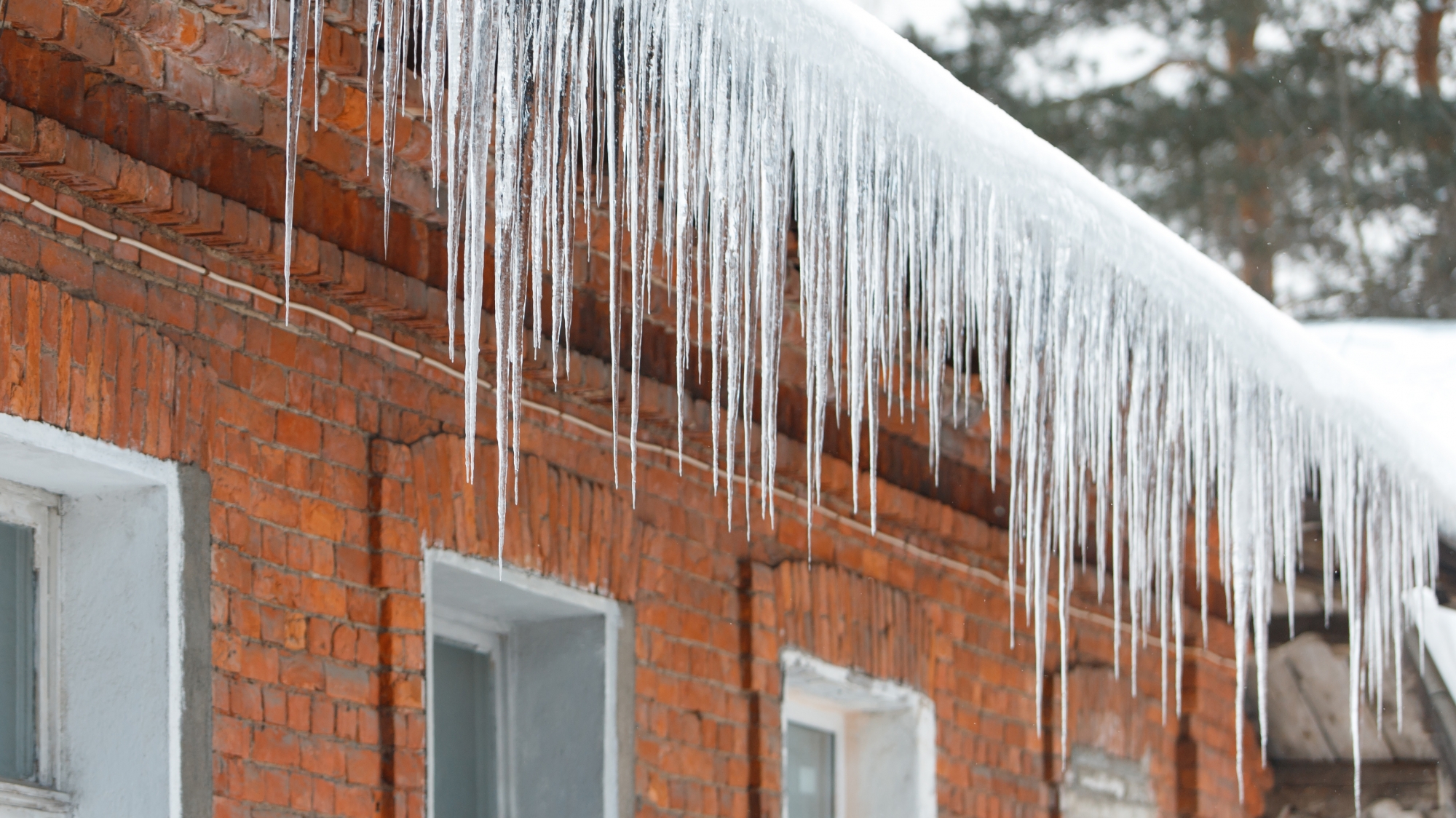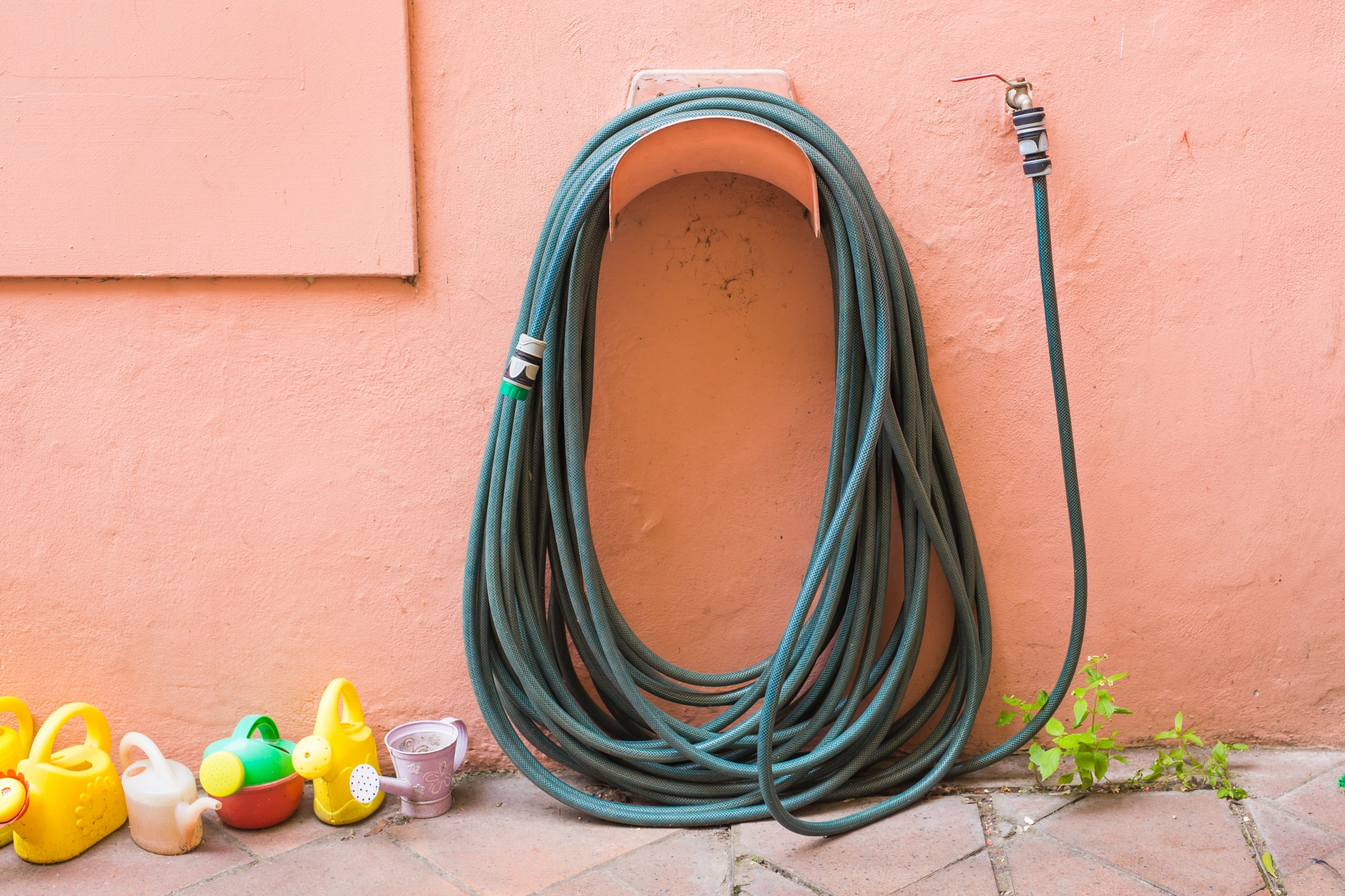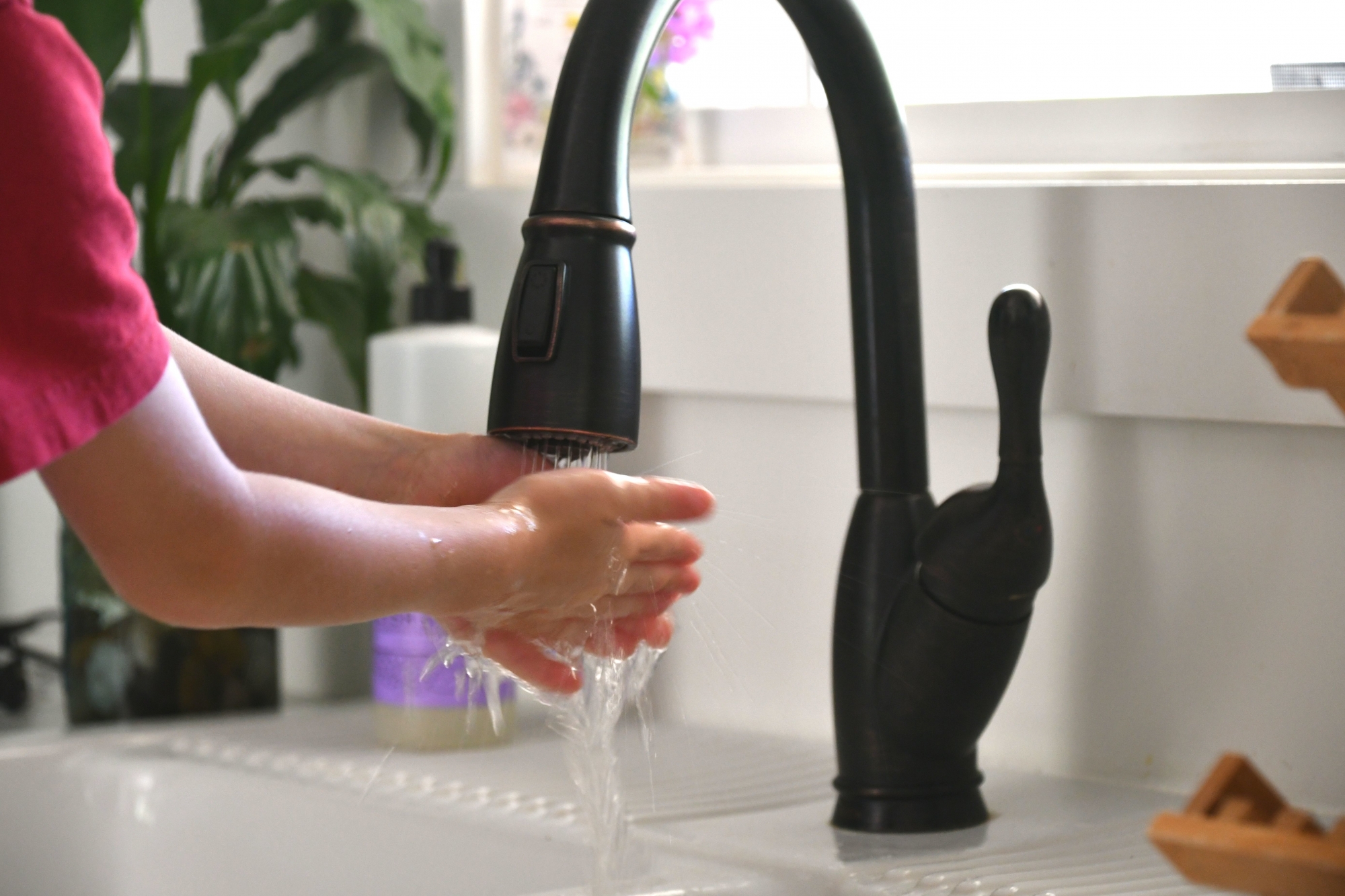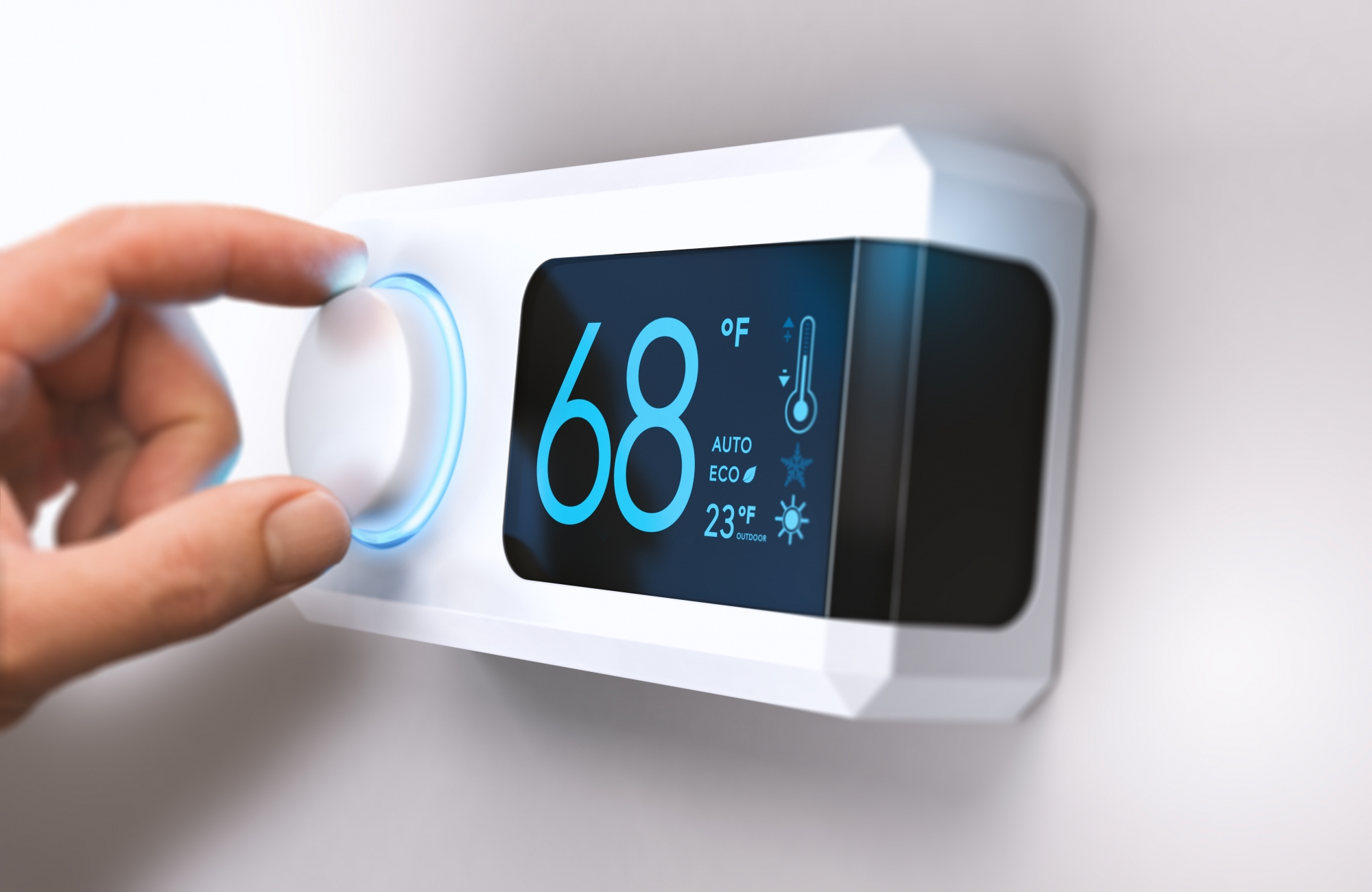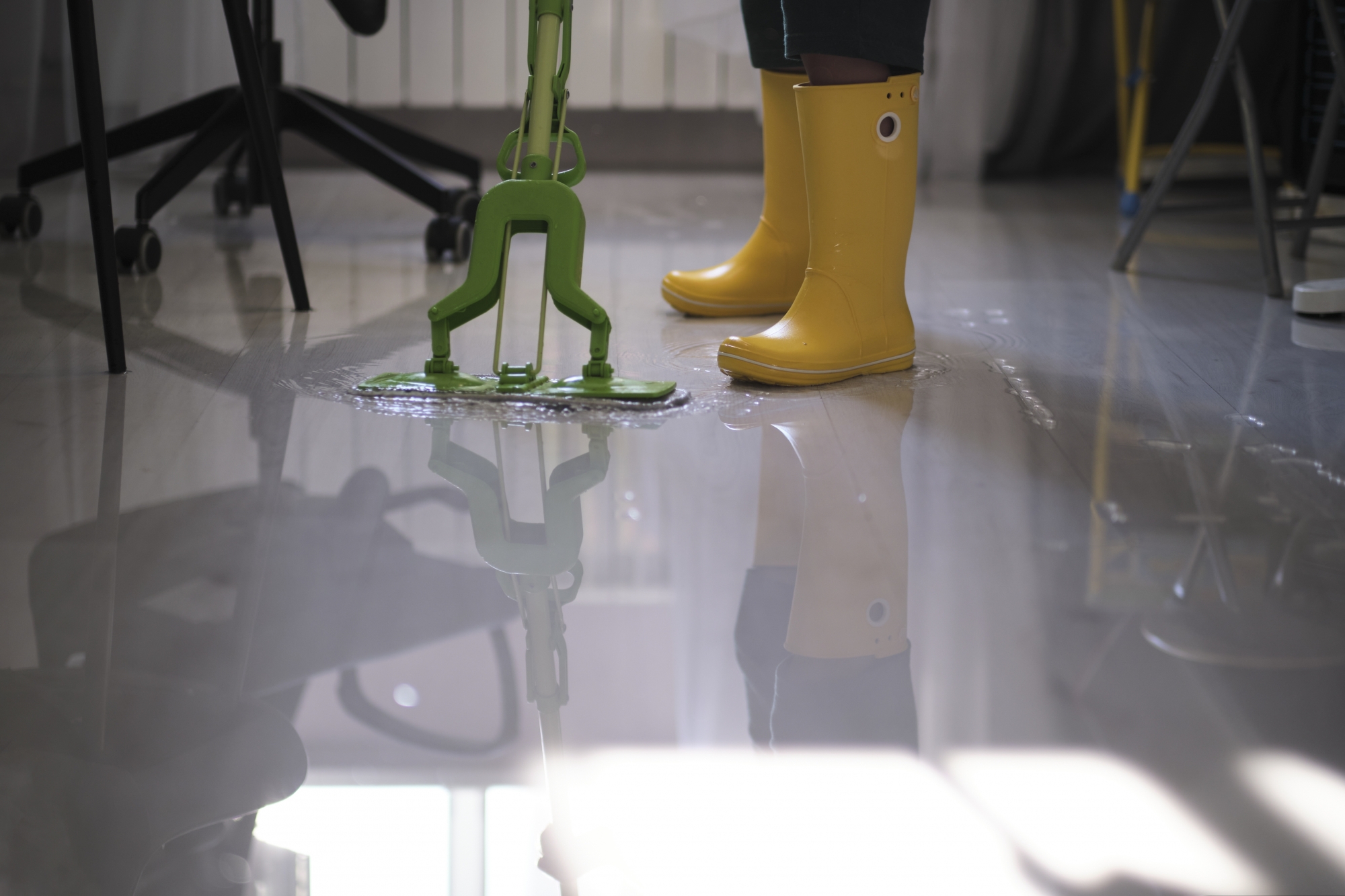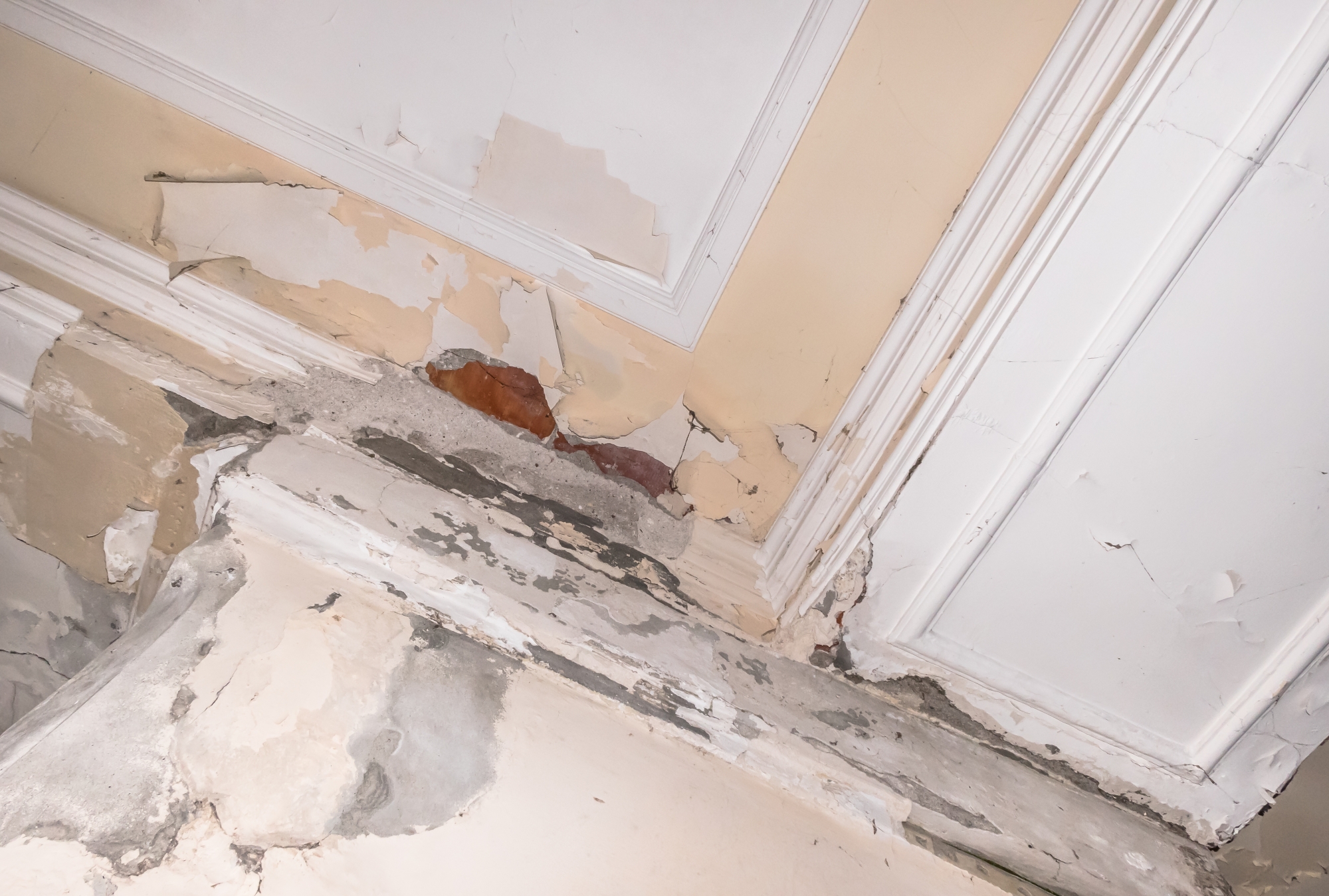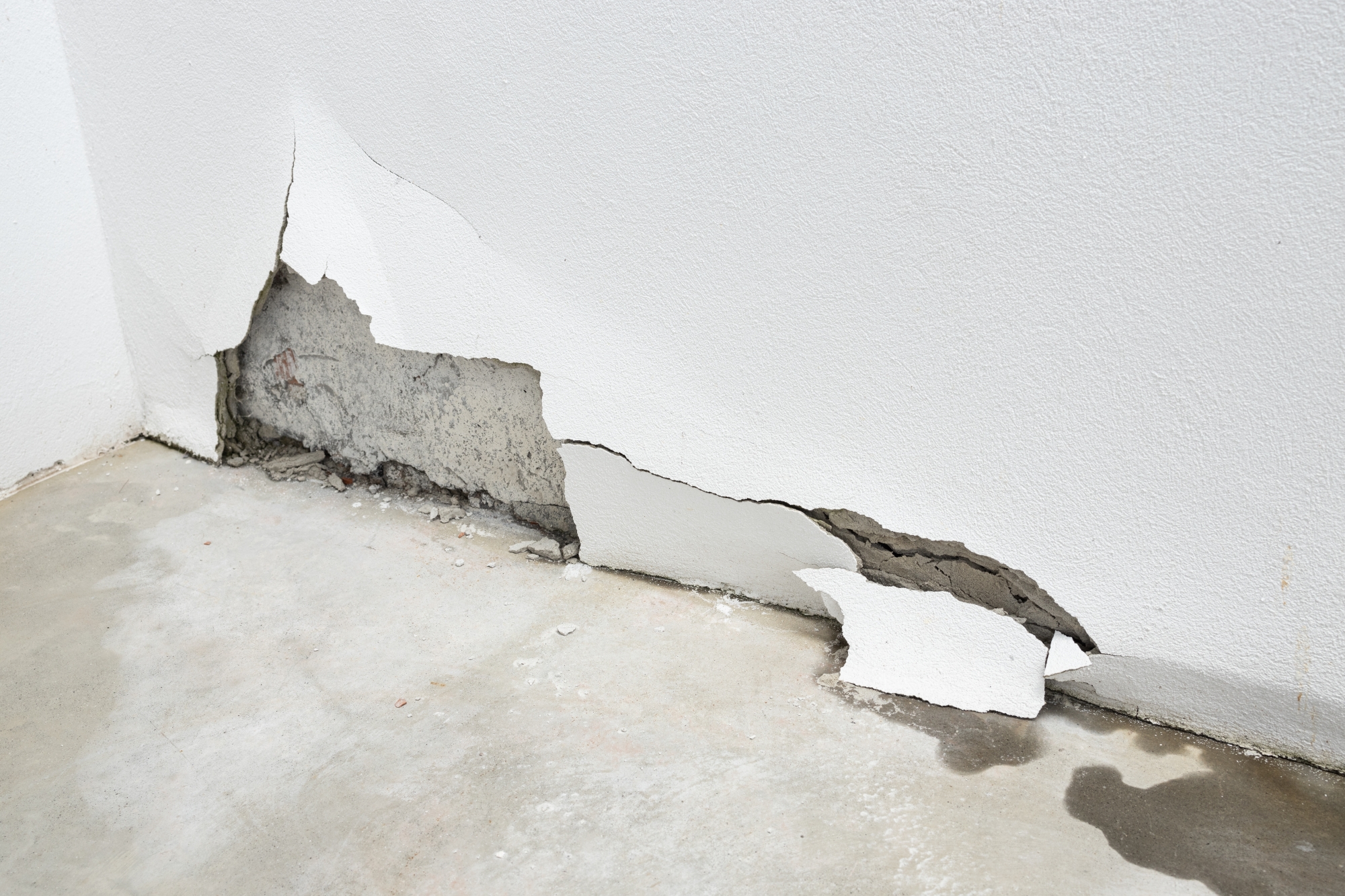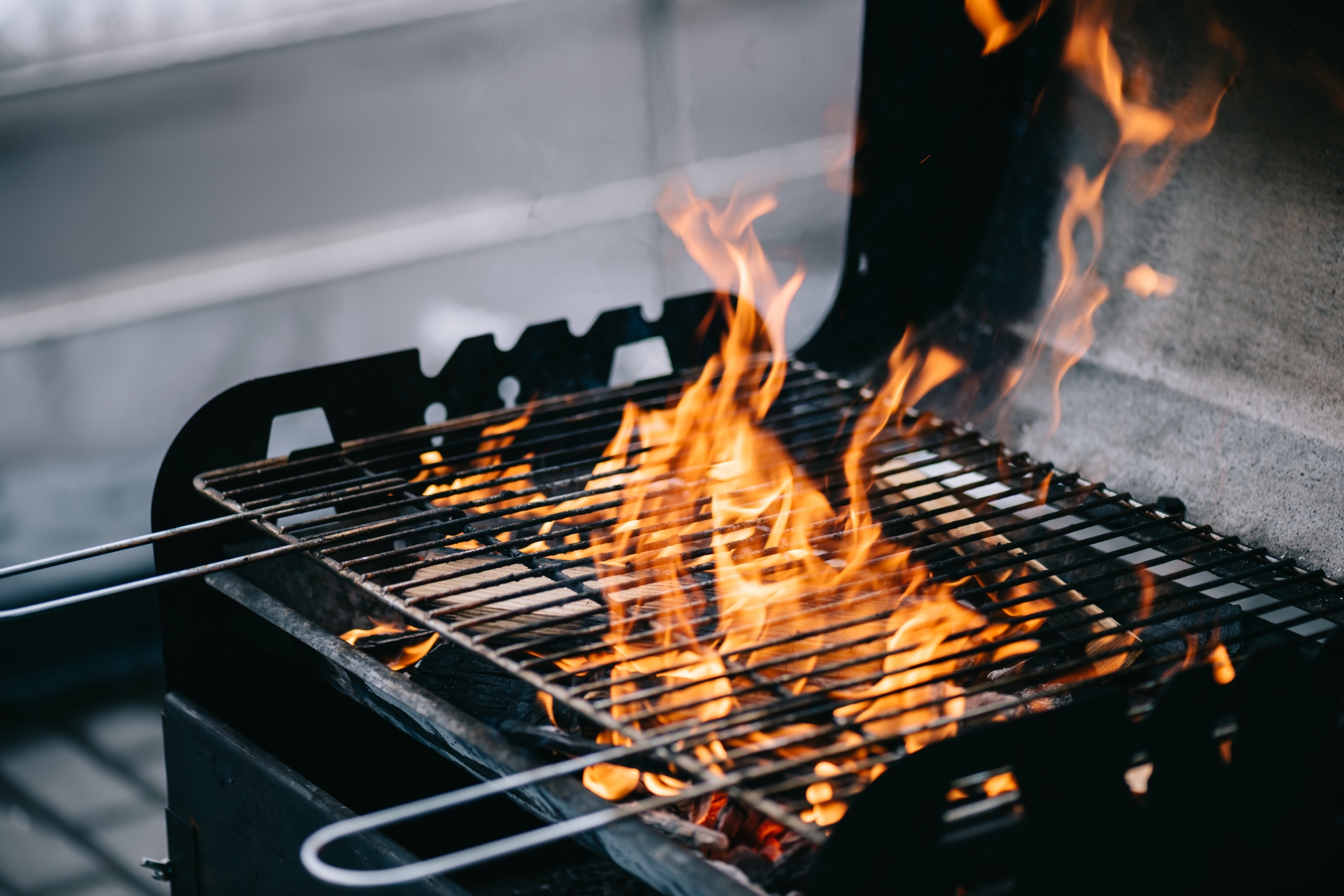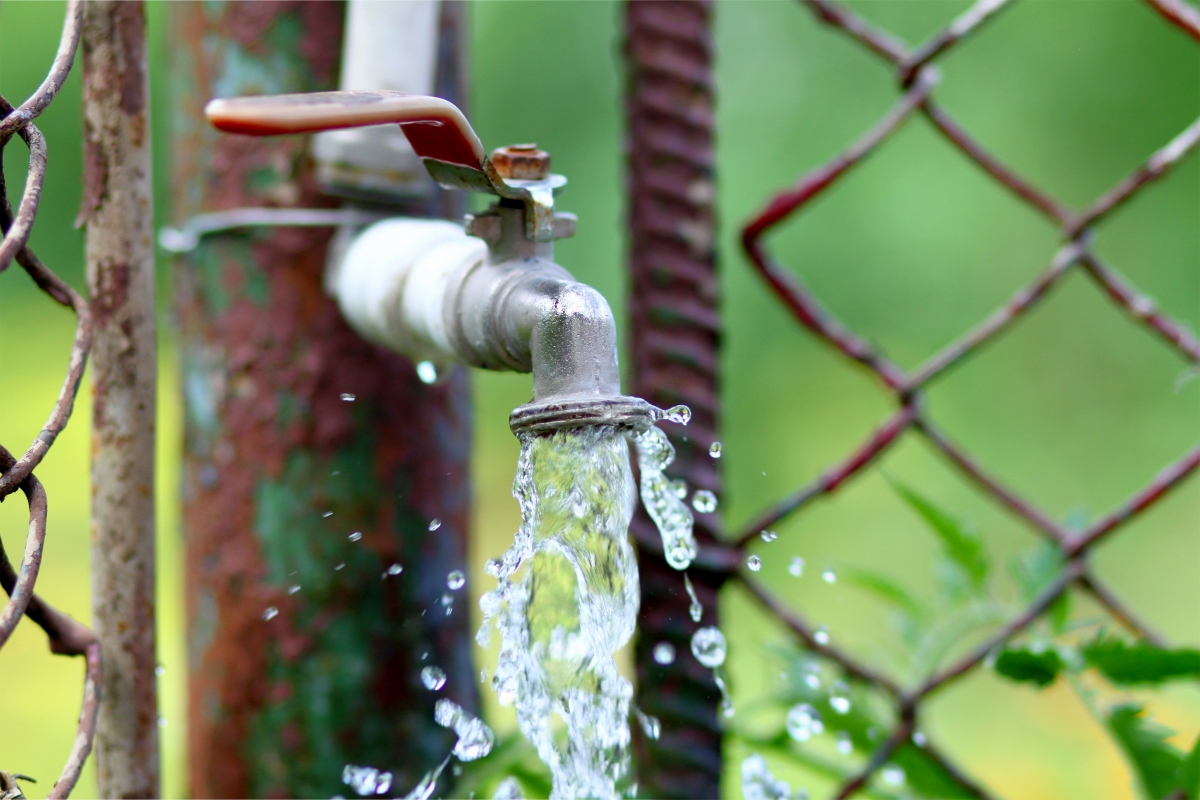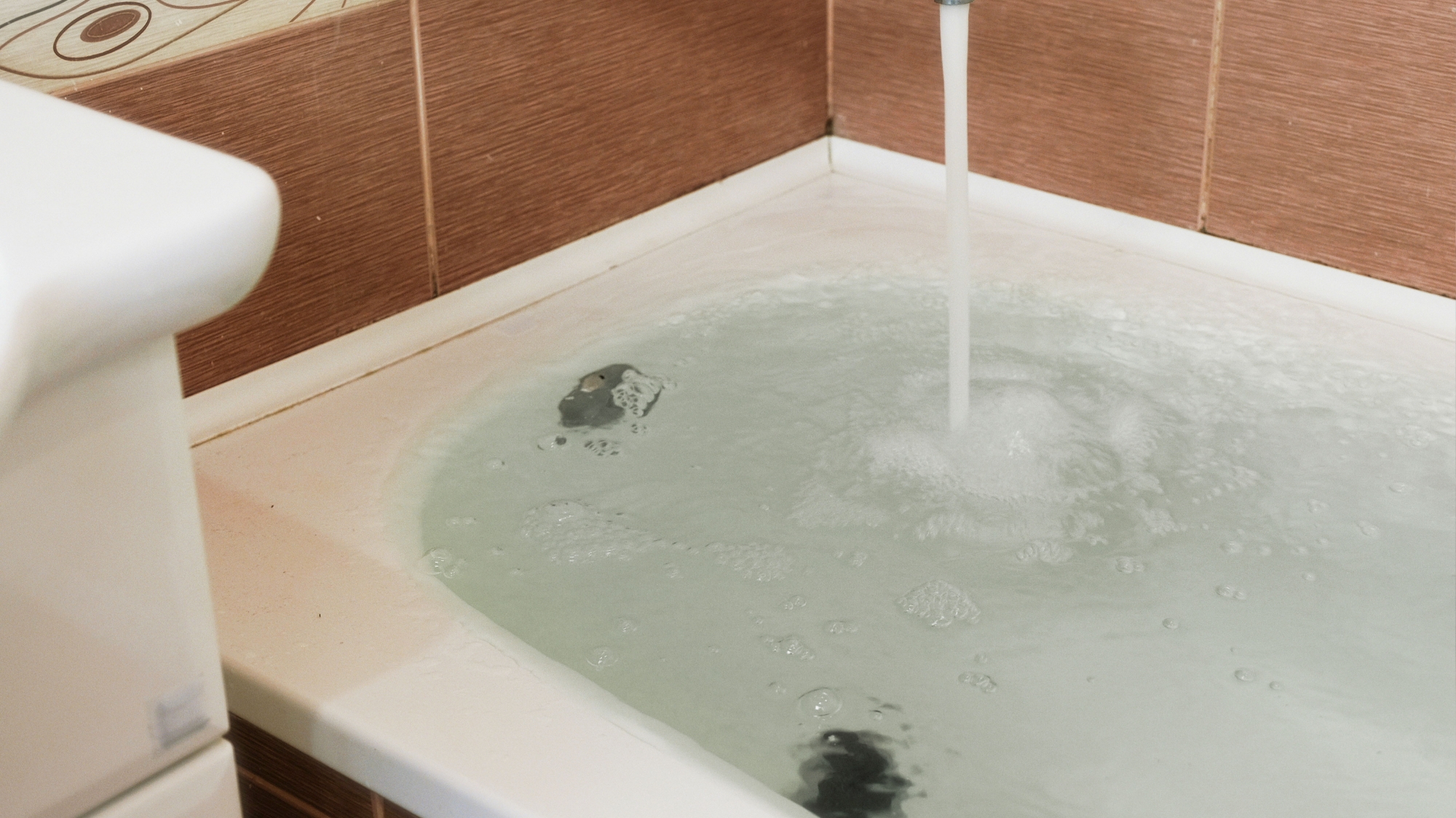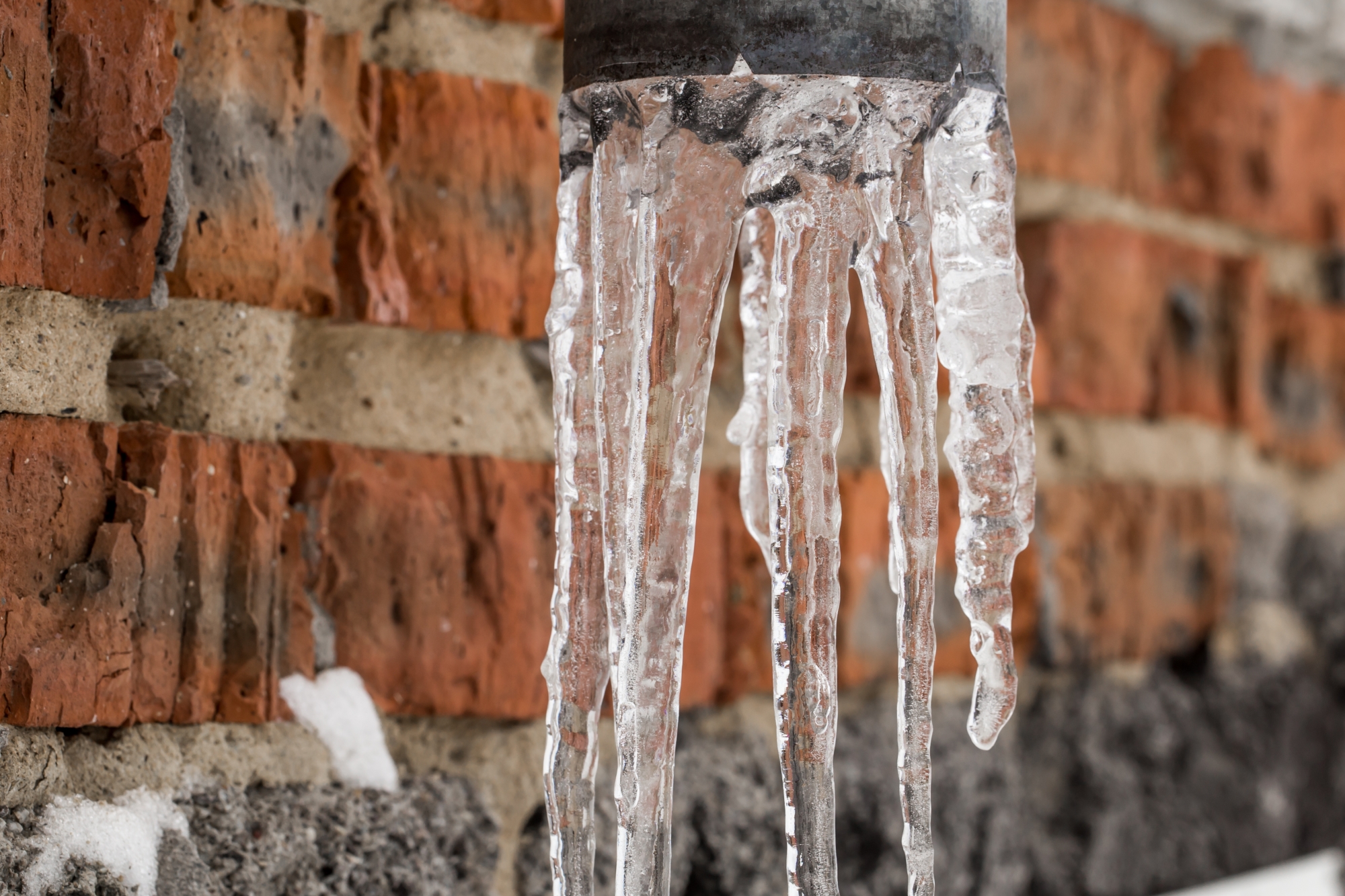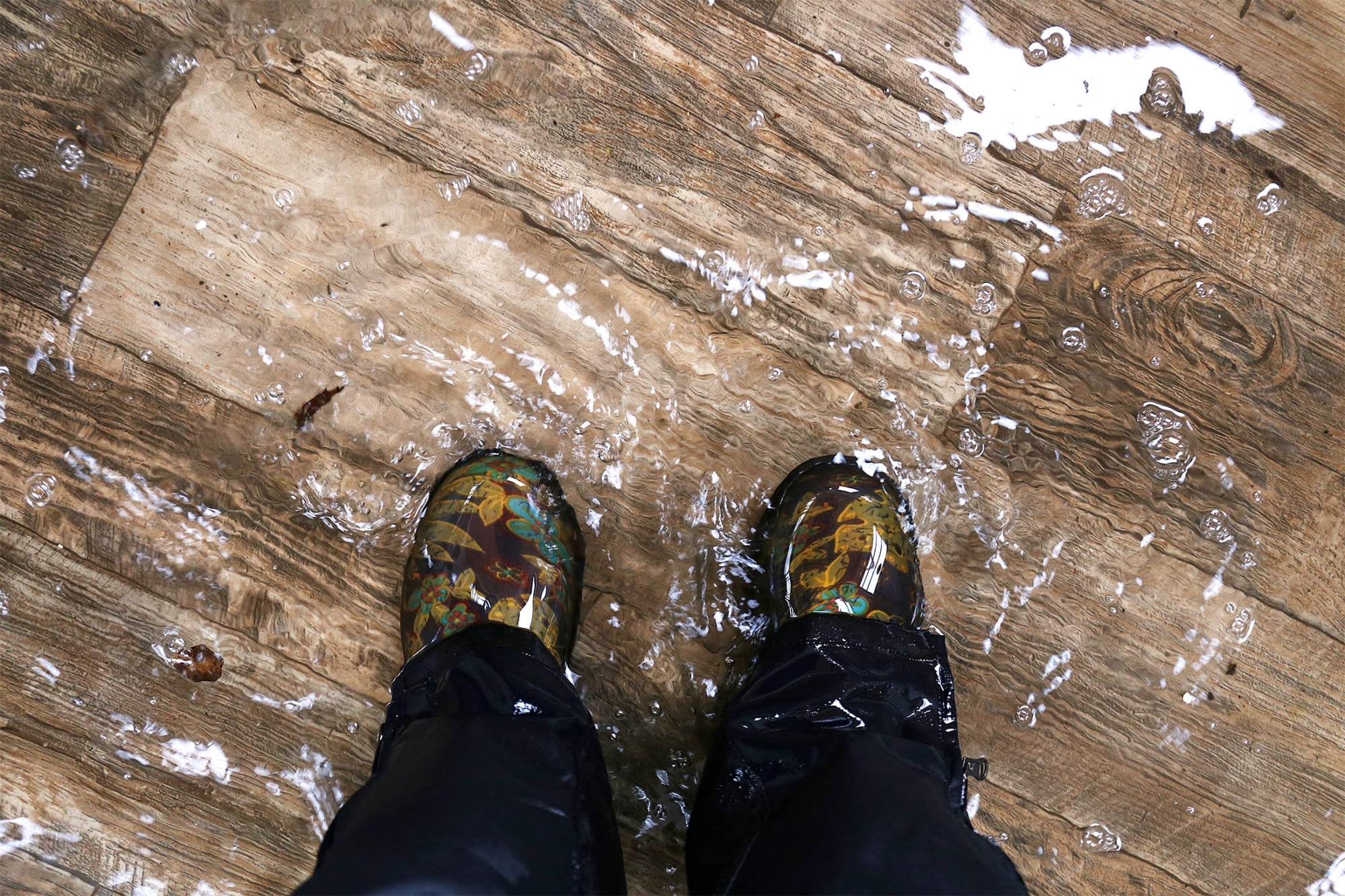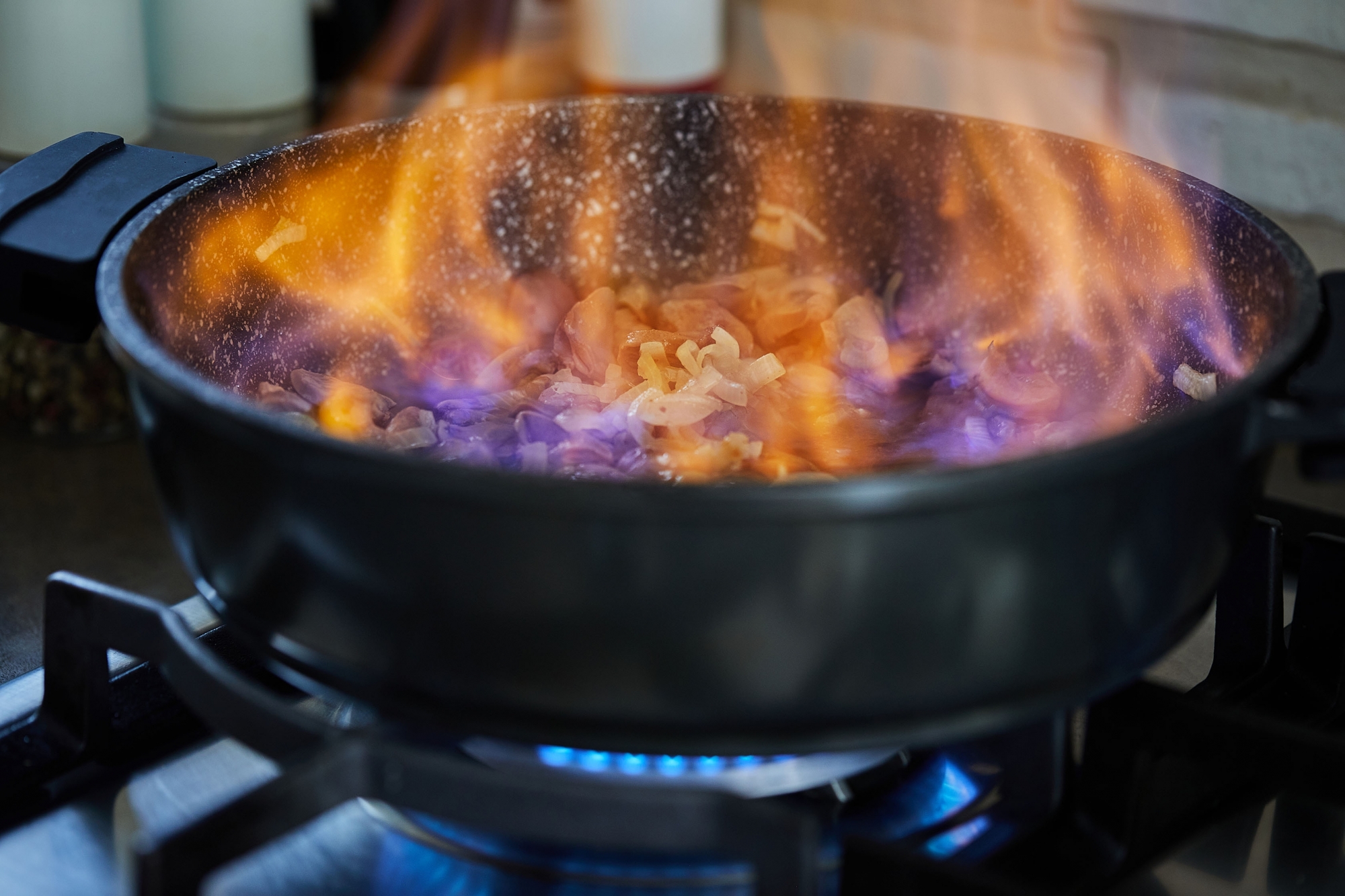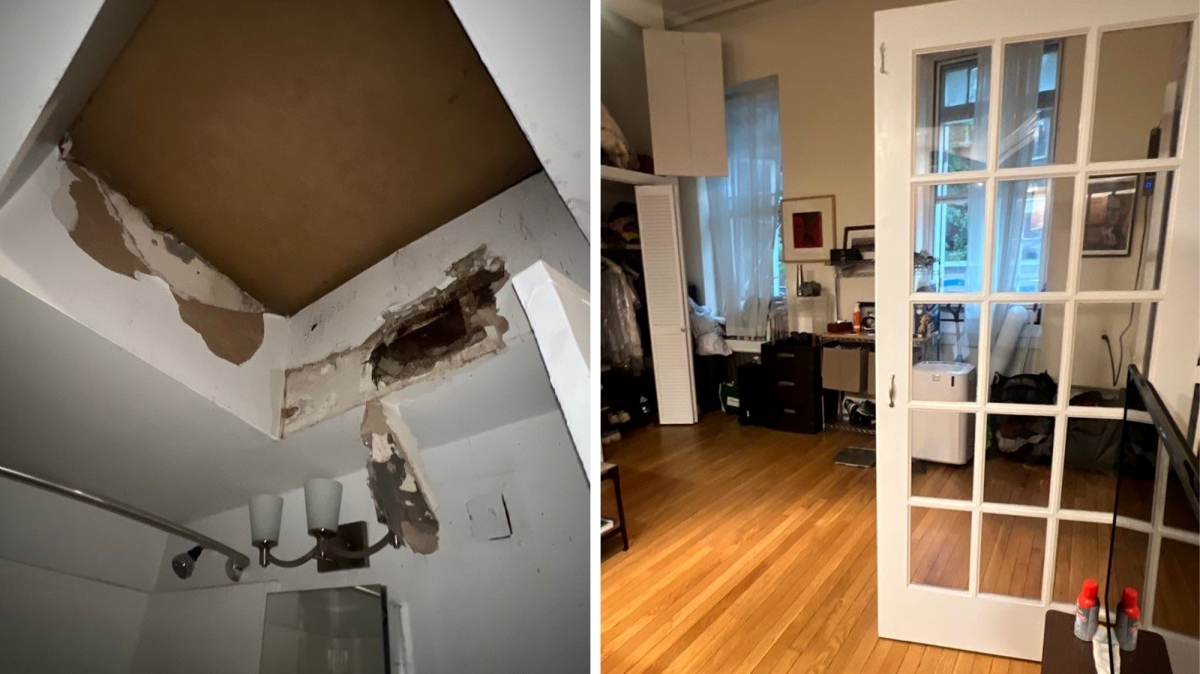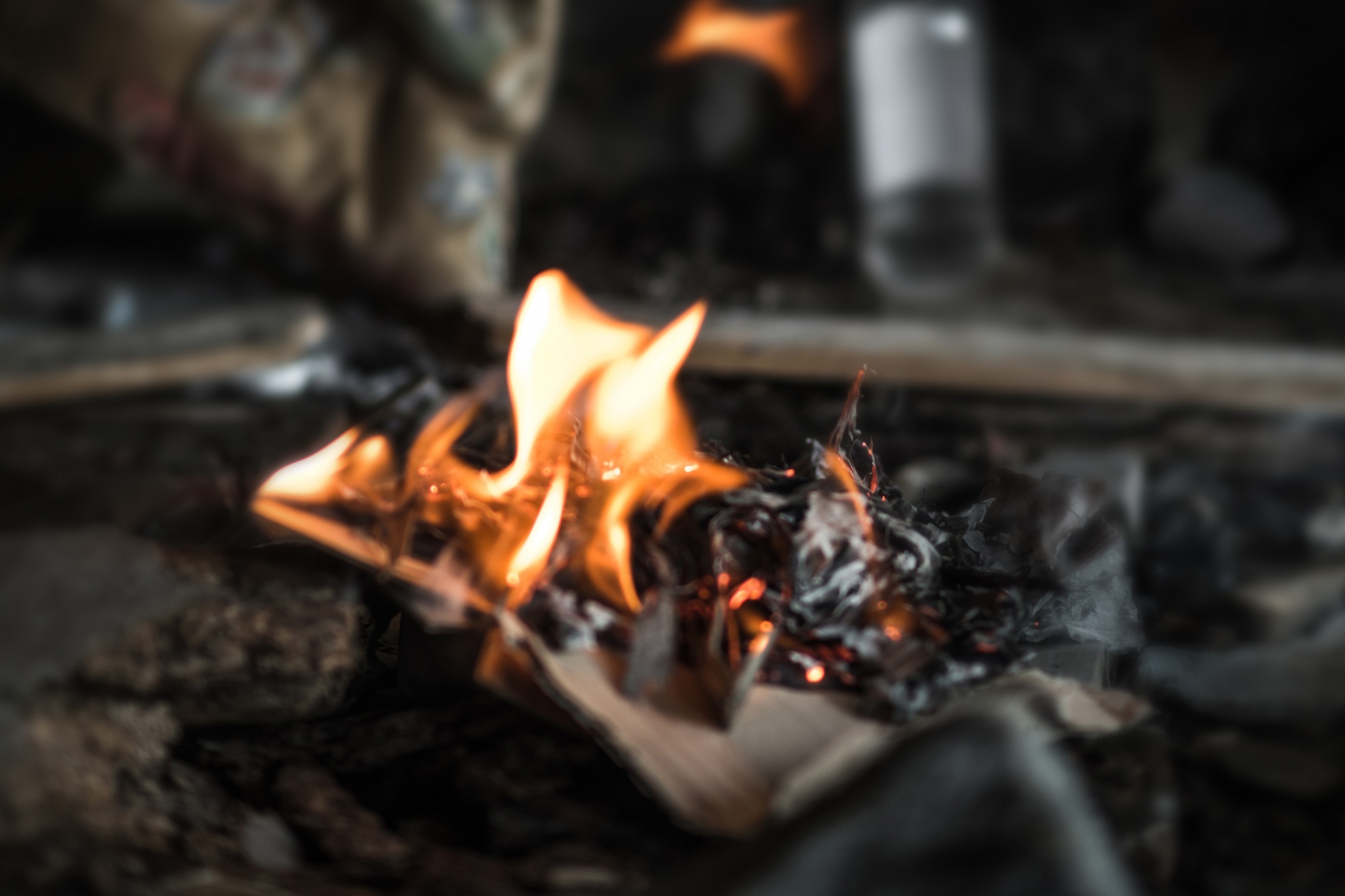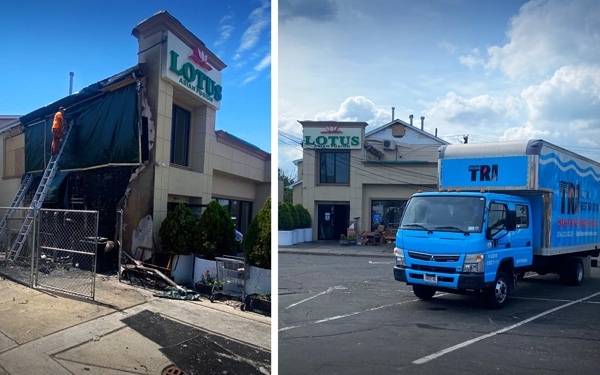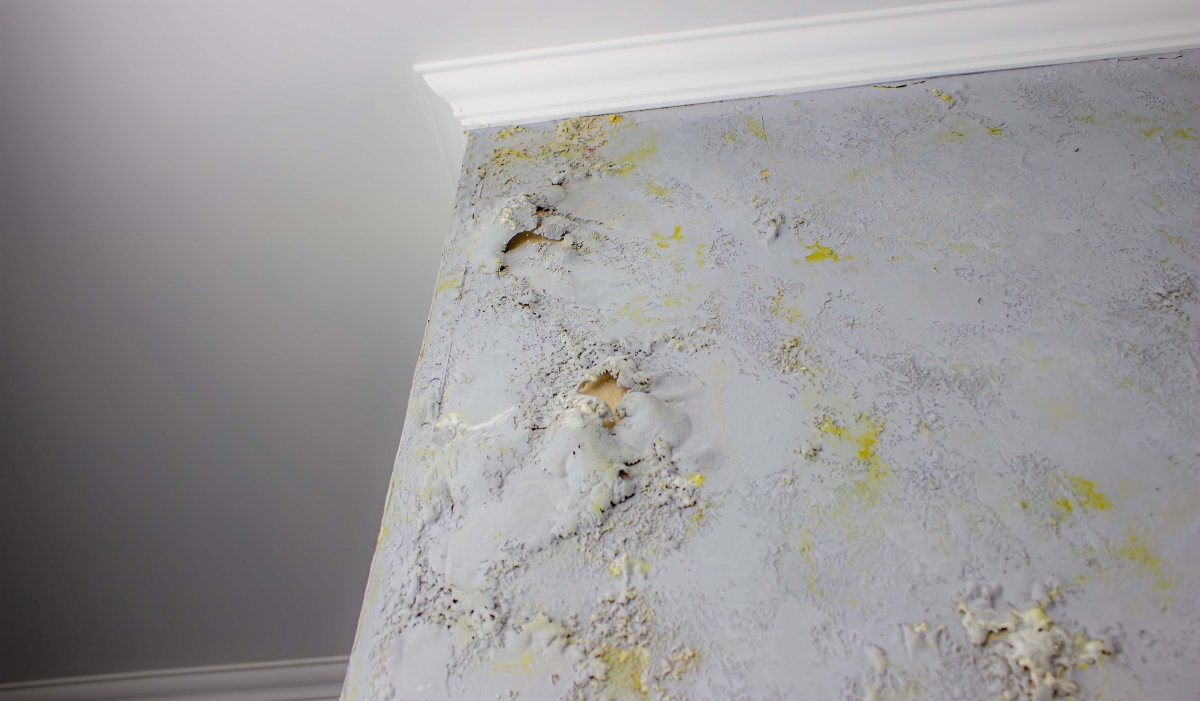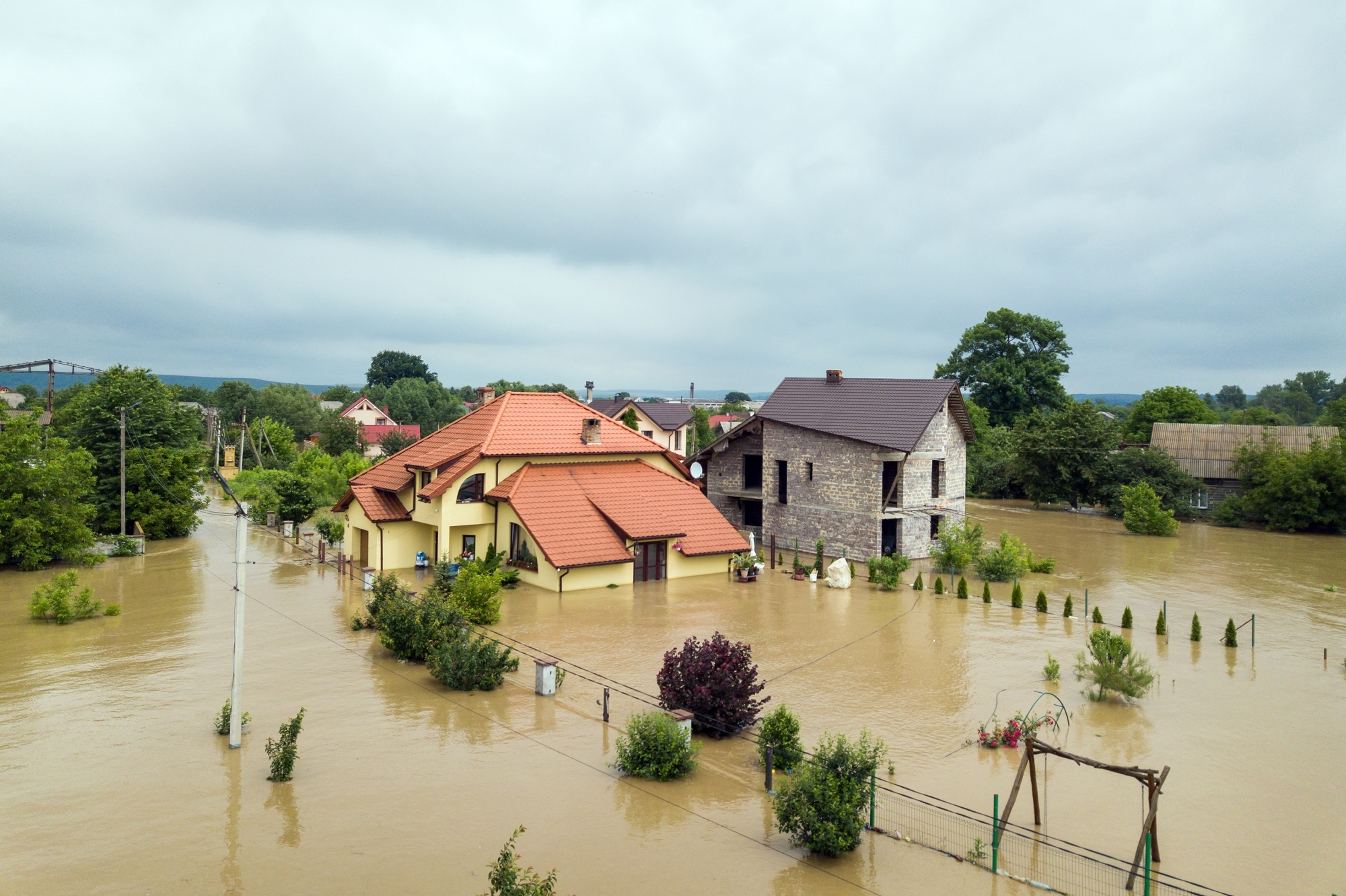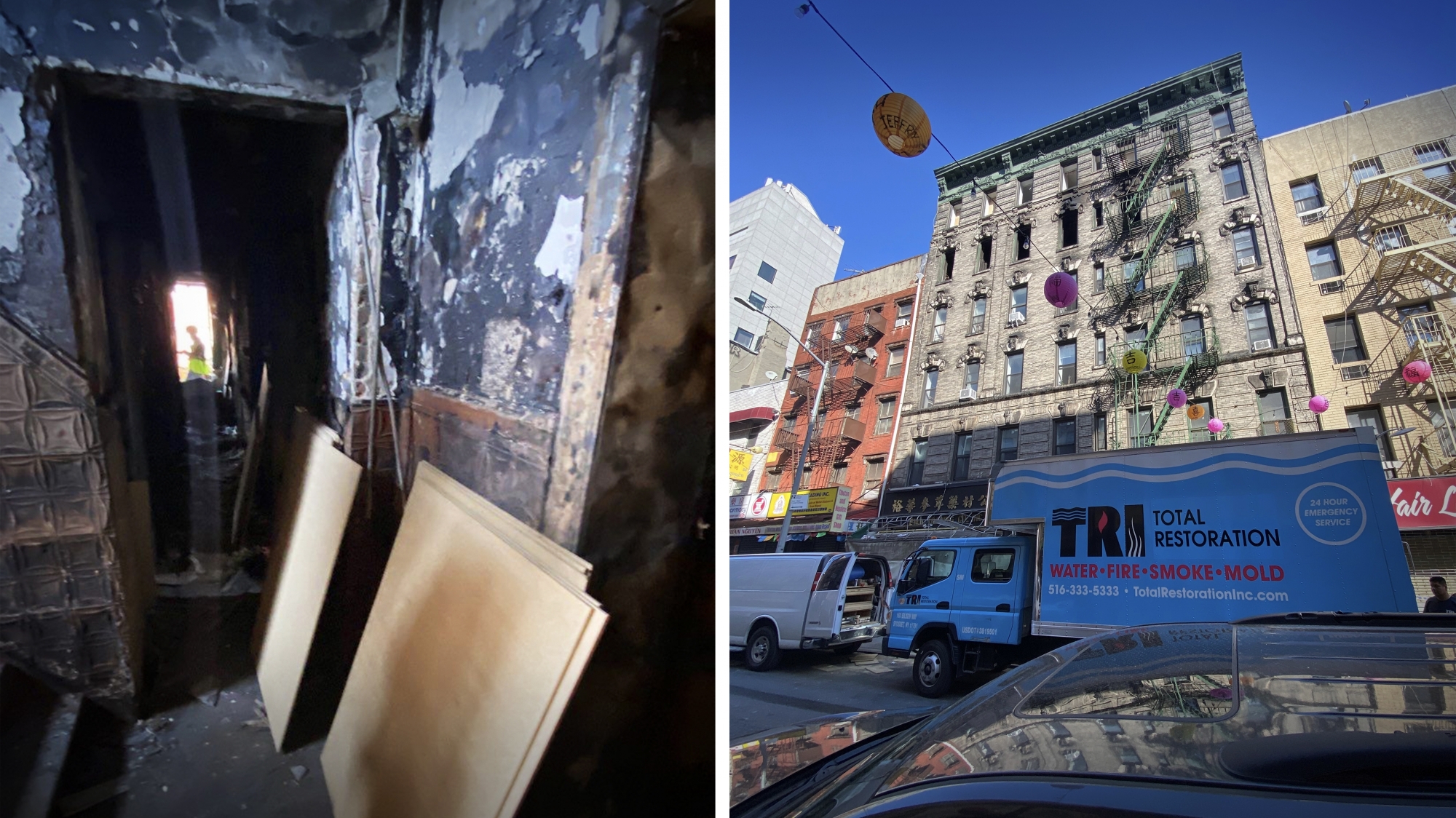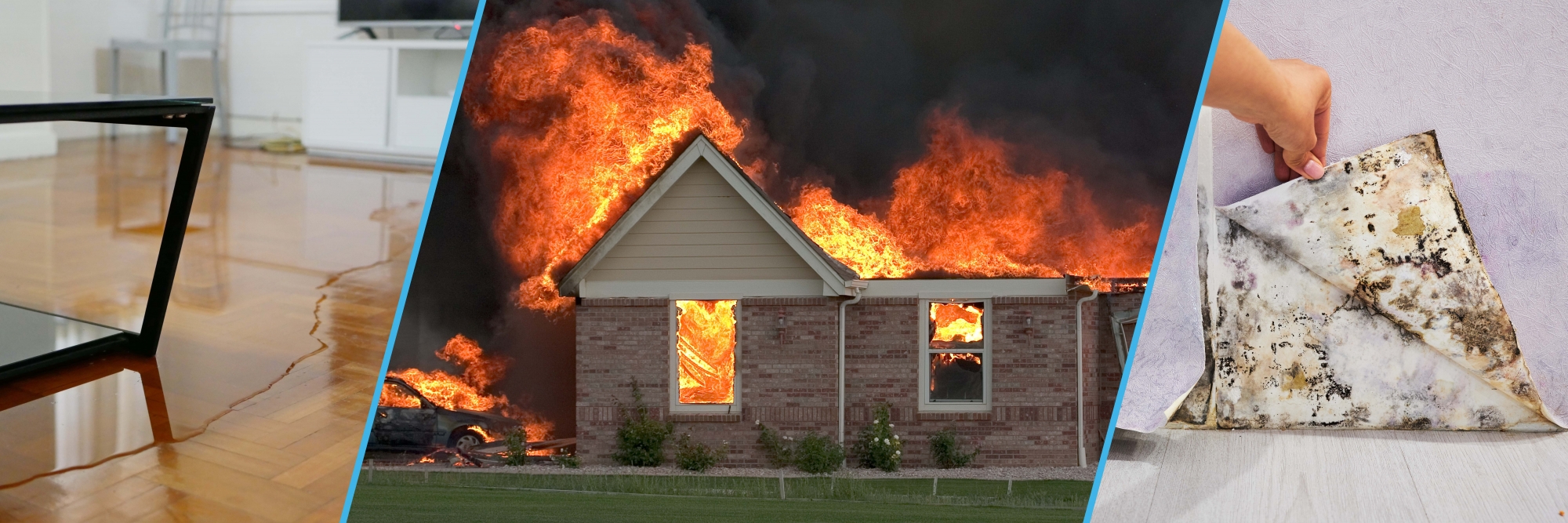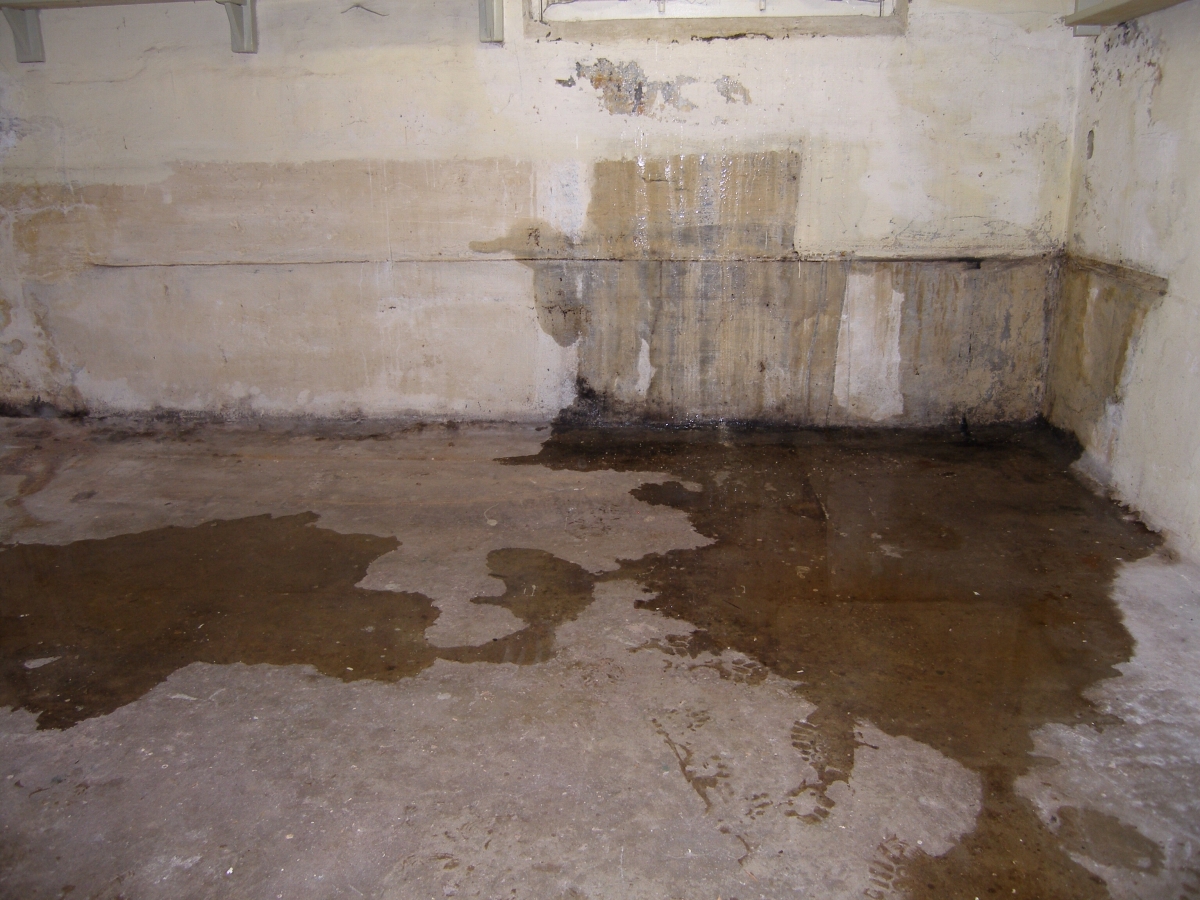Winter is in full swing once again, which means homeowners should be on the lookout for ice dams. While ice dam prevention is critically important, it’s not always possible. Sometimes, ice dam damage requires repair work and remediation. But what exactly is an ice dam and how does it get on your roof?
What Is An Ice Dam?
Ice dams usually form on your roof after a heavy snowfall. They are created when the warm air inside your home floats up, warming the bottom layer of snow on the roof above it. The warmed snow then turns to water and travels to the cold, extended eave, where the water freezes again, and ice builds up. Flat roofs are especially susceptible to ice dams, as are gutters since they hold snow and ice. Gutters, downspouts, your roof and your home can all be damaged by ice dams. Structures with sloped and flat roofs both are able to pool water during the regular melt/freeze of snow in the winter.
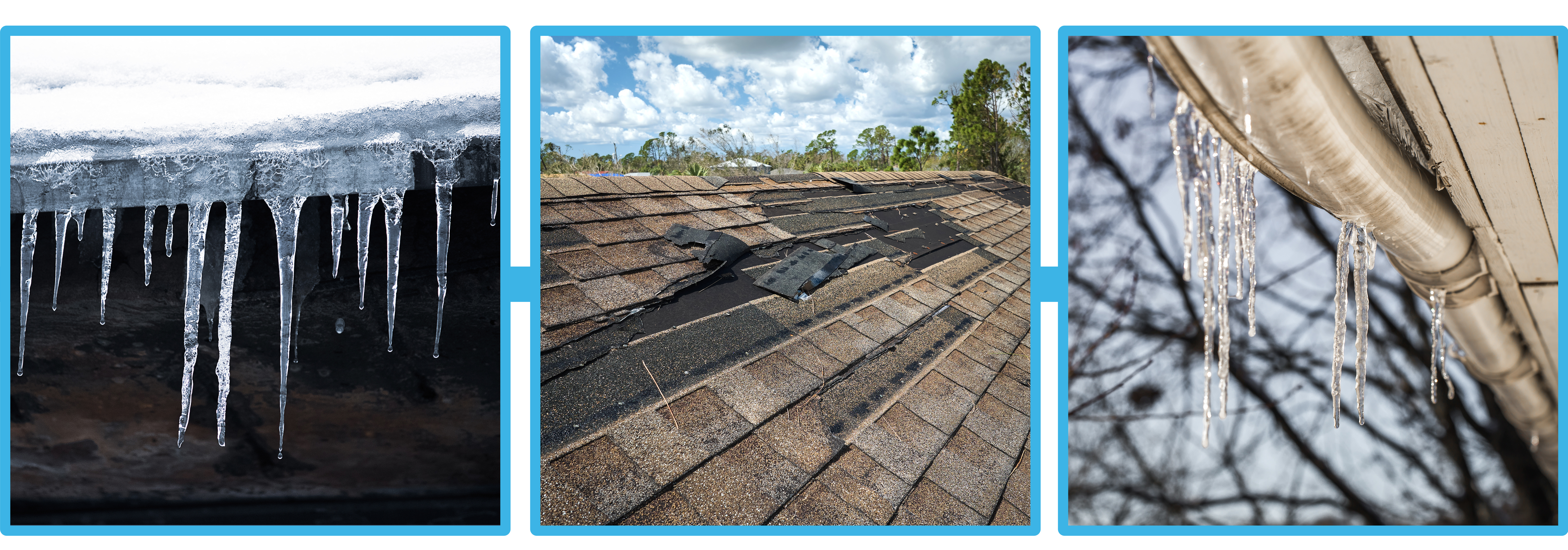
Why Are Ice Dams A Problem?
If left unchecked, ice dams can cause a variety of damage. Large ice dams can cause water to seep under shingles and eventually into your insulation. Over time it could travel through ceilings and walls into sheetrock and paint, causing mildew and the beginnings of rot to your roof or wood inside your home. But ice dams also have consequences to the exterior of your home as well. They could rip the shingles and gutters off your home and land on anything beneath it, including your family or neighbors, animals, cars, etc.
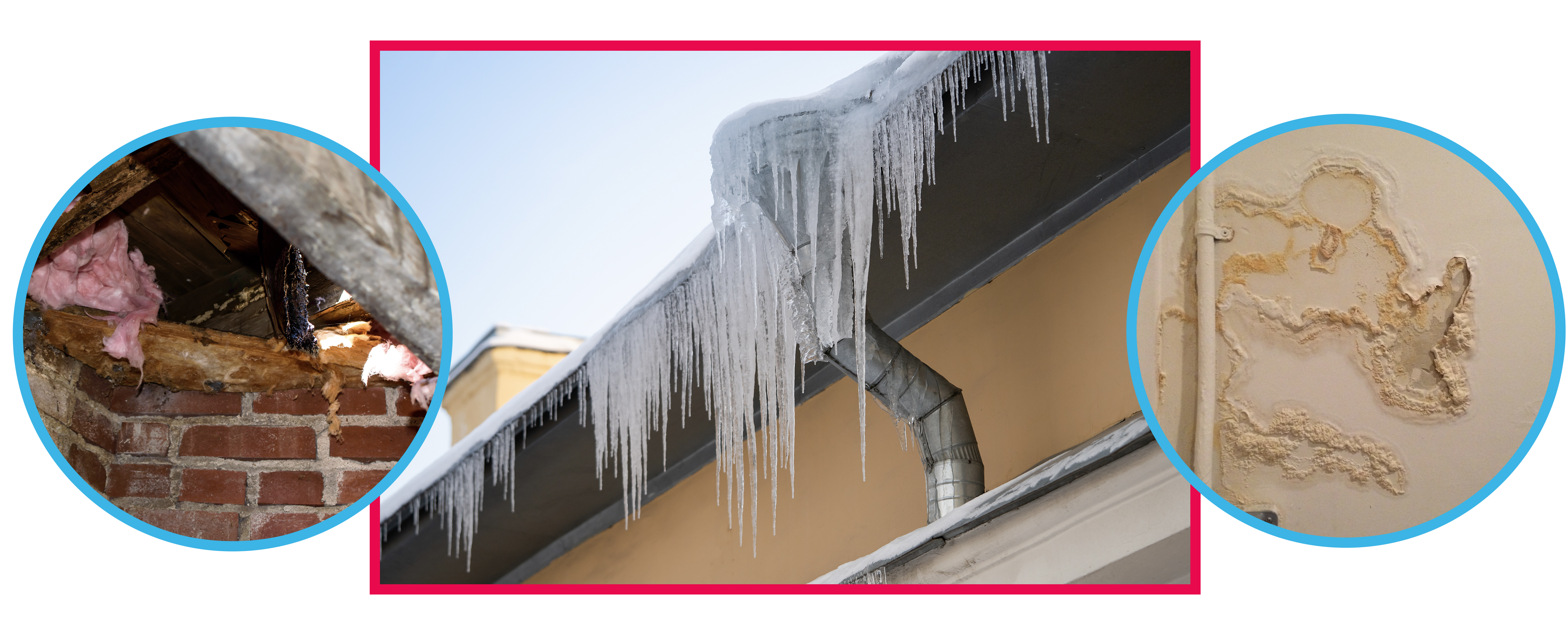
How To Avoid Ice Dams
Owners can prevent ice dams by clearing leaves and other debris that can clog roof drainage systems in the fall, as well as maintaining adequate levels of insulation in the attic to prevent the roof material from heating up and melting the ice from the inside. Fixing ice dam damage can range from minor roof repairs to major remodeling projects. The extent of damage dictates the scope of repair. Either way, if you fall victim to ice damage, don’t panic. It’s possible to repair and remediate the damage. That’s where TRI comes in. When the ice water starts to trickle, and you’re in a pickle, give us a call! We’ll handle the interior water remediation and dry out service.

